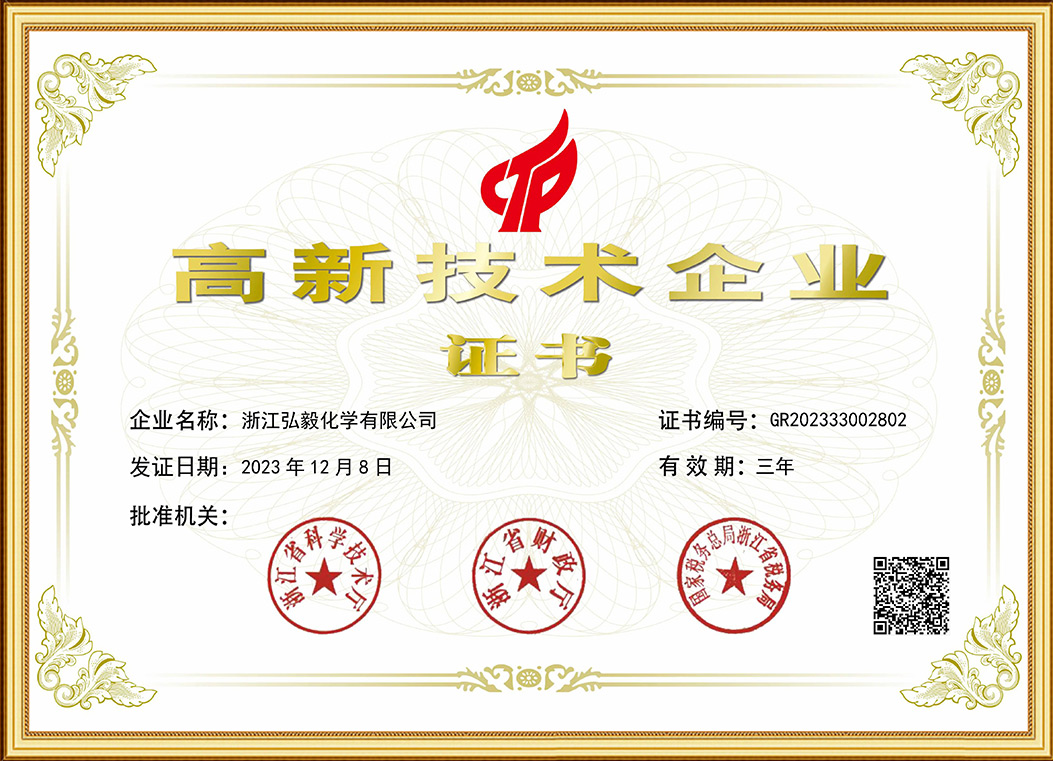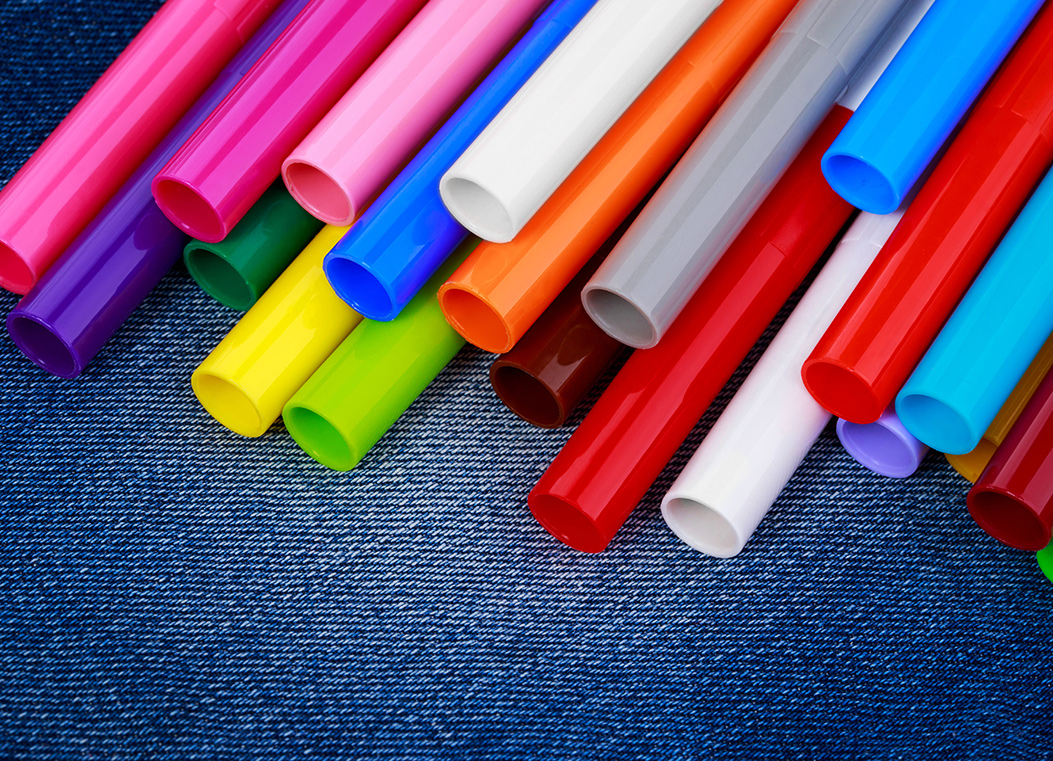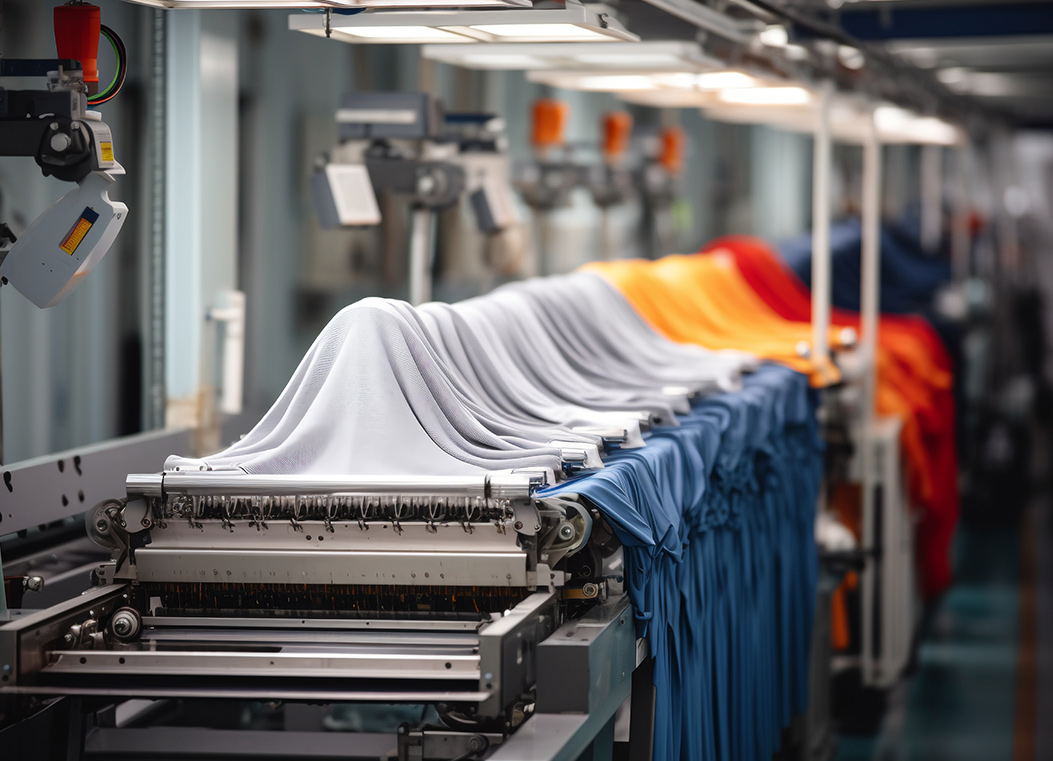Fluorescent whitening agents, also known as optical brighteners, have become an essential component in the textile industry. These compounds are used to enhance the visual appeal of fabrics by increasing their brightness and making them appear whiter. While these agents are widely known for their role in textiles, they also have significant applications in other industries, such as plastic manufacturing. Two examples of optical brighteners used in various applications are the Optical Brightener for PVC pipes and the Optical Brightener for PP (polypropylene). These compounds play a crucial role in improving product appearance and extending their longevity.
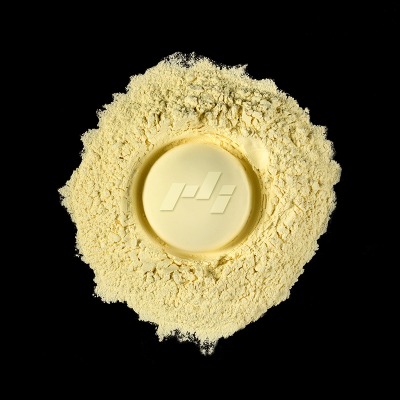
In textile manufacturing, the primary function of fluorescent whitening agents is to absorb ultraviolet light and emit visible blue light, which counteracts the yellowish or dull appearance of fabrics. This makes garments and textiles look fresher and more vibrant. Fabrics treated with optical brighteners appear cleaner and whiter, and the effect is long-lasting, even after multiple washes. This is particularly important for the fashion and home textiles industries, where consumer demand for products with enhanced aesthetics is consistently high.
The application of optical brighteners is not limited to textiles. Industries like plastics have also recognized the advantages of these compounds. For instance, the Optical Brightener for PVC pipes is used to improve the appearance of pipes, making them more attractive and reducing the natural yellowing that can occur over time. PVC pipes are used in a variety of applications, from plumbing to electrical insulation, and their appearance can be an important factor for both functionality and aesthetics. By incorporating optical brighteners, manufacturers can ensure that their products maintain a clean and polished look throughout their life cycle.
Similarly, the Optical Brightener for PP is used in the production of polypropylene-based products, such as packaging materials, household items, and textiles. Polypropylene, a versatile plastic, is prone to discoloration, especially when exposed to UV light or harsh environmental conditions. Adding an optical brightener to the polymer helps maintain its white appearance, ensuring that the final product looks appealing to consumers. This is particularly valuable in the packaging industry, where the visual appeal of a product's packaging plays a significant role in attracting consumers.
Fluorescent whitening agents work by interacting with the light spectrum, absorbing UV radiation and re-emitting it as visible blue light. This process effectively neutralizes any yellow or grayish tints that may be present in materials, thus enhancing their overall whiteness. The result is a cleaner, brighter appearance that is often associated with high-quality products. In textiles, this helps in creating garments that look fresh, crisp, and visually appealing, even under different lighting conditions. Likewise, in the plastic industry, optical brighteners help maintain the pristine appearance of products like PVC pipes and PP packaging, which are often exposed to sunlight and other environmental factors that may cause discoloration.
The use of optical brighteners extends beyond aesthetics. These compounds also contribute to the durability of materials. For example, in the case of the Optical Brightener for PVC pipes, they help reduce the rate of yellowing, which can be a sign of degradation. By improving the appearance and extending the life of these materials, optical brighteners play a role in ensuring that products not only look good but also perform well over time. Similarly, in textiles, the long-lasting brightening effect ensures that garments retain their visual appeal even after repeated washes, making them more durable for consumers.
In conclusion, fluorescent whitening agents, or optical brighteners, play a significant role in both textile and plastic manufacturing. The Optical Brightener for PVC pipes and Optical Brightener for PP are just two examples of how these compounds improve the appearance and longevity of products. By enhancing the whiteness of materials and reducing discoloration, optical brighteners help manufacturers create visually appealing, high-quality products that meet the demands of consumers. Whether in textiles or plastics, these compounds are indispensable for modern manufacturing processes, offering both aesthetic and practical benefits.

 EN
EN 中文
中文 ES
ES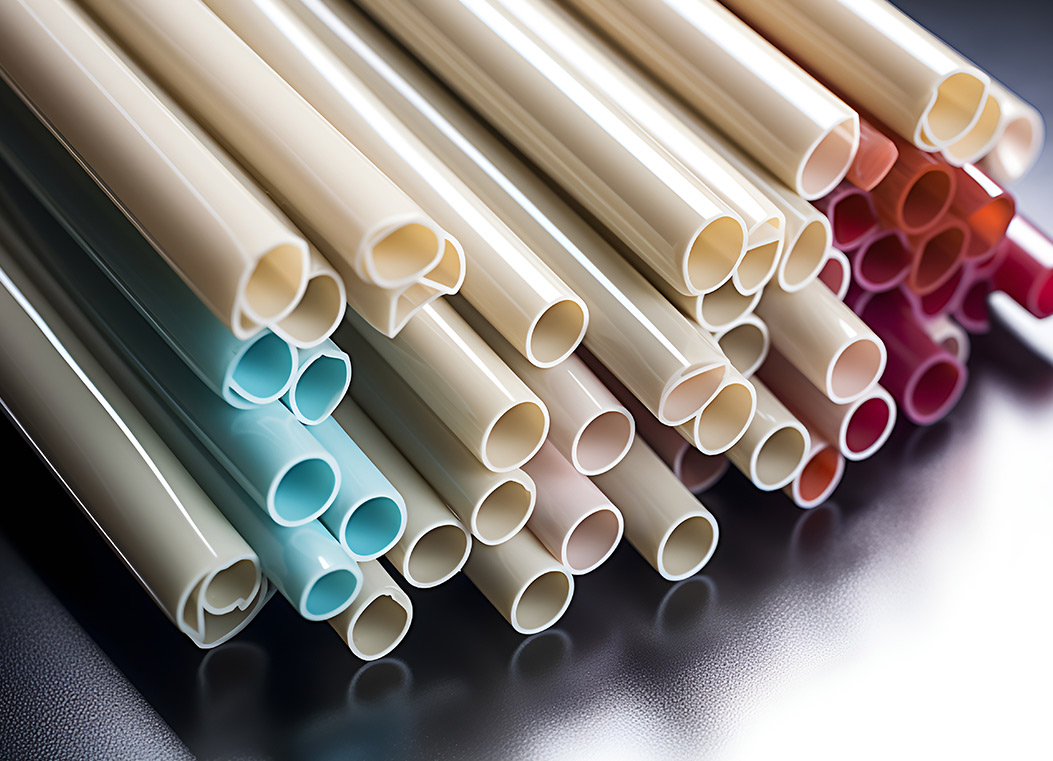
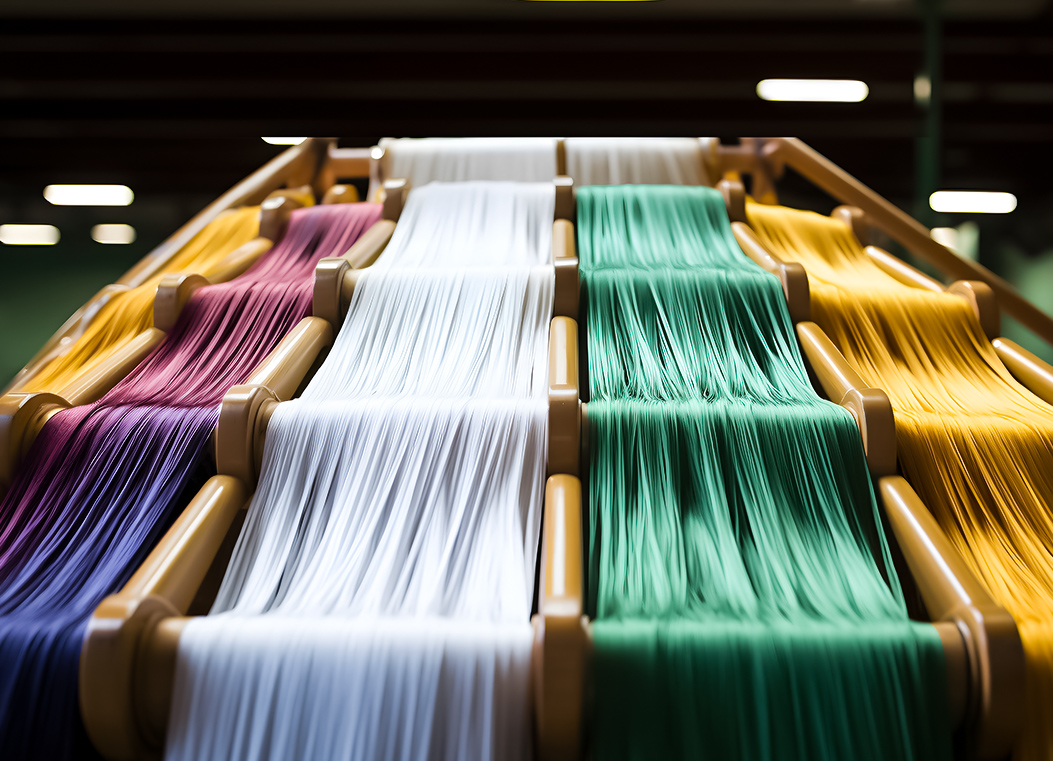



.jpg)
